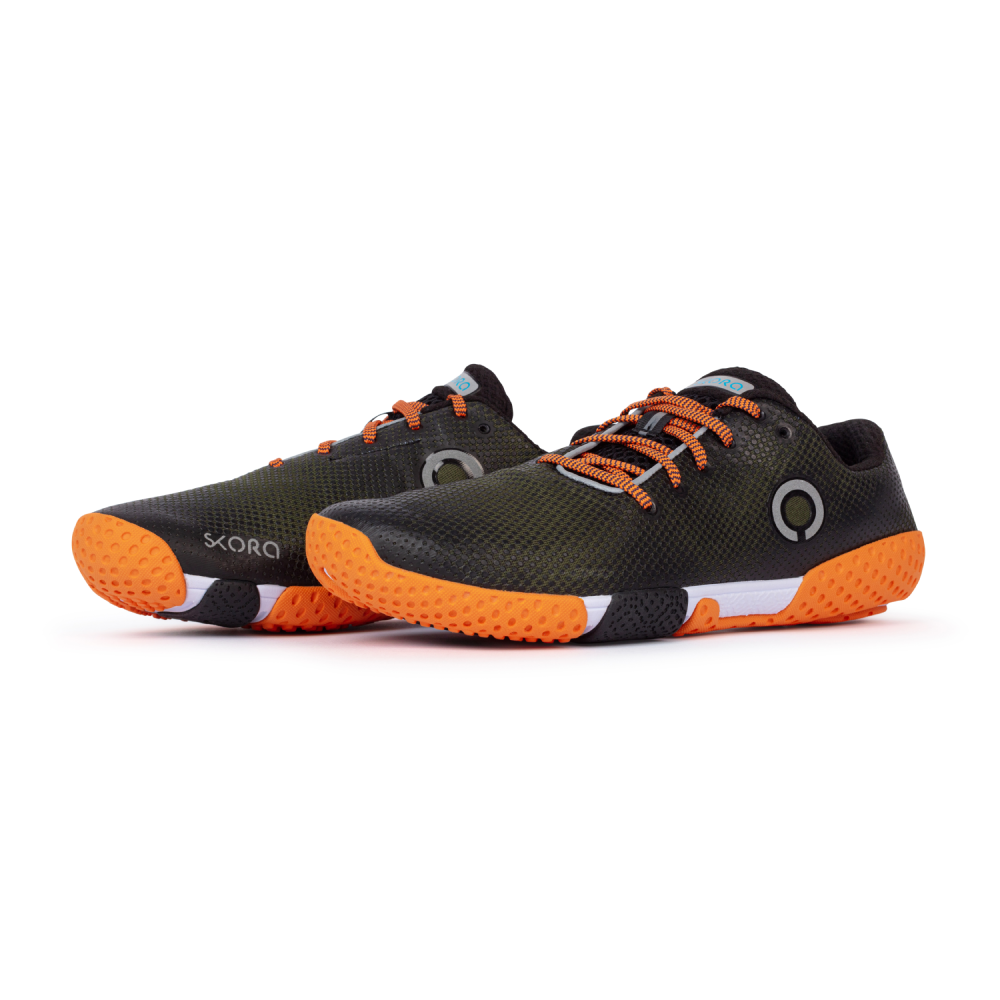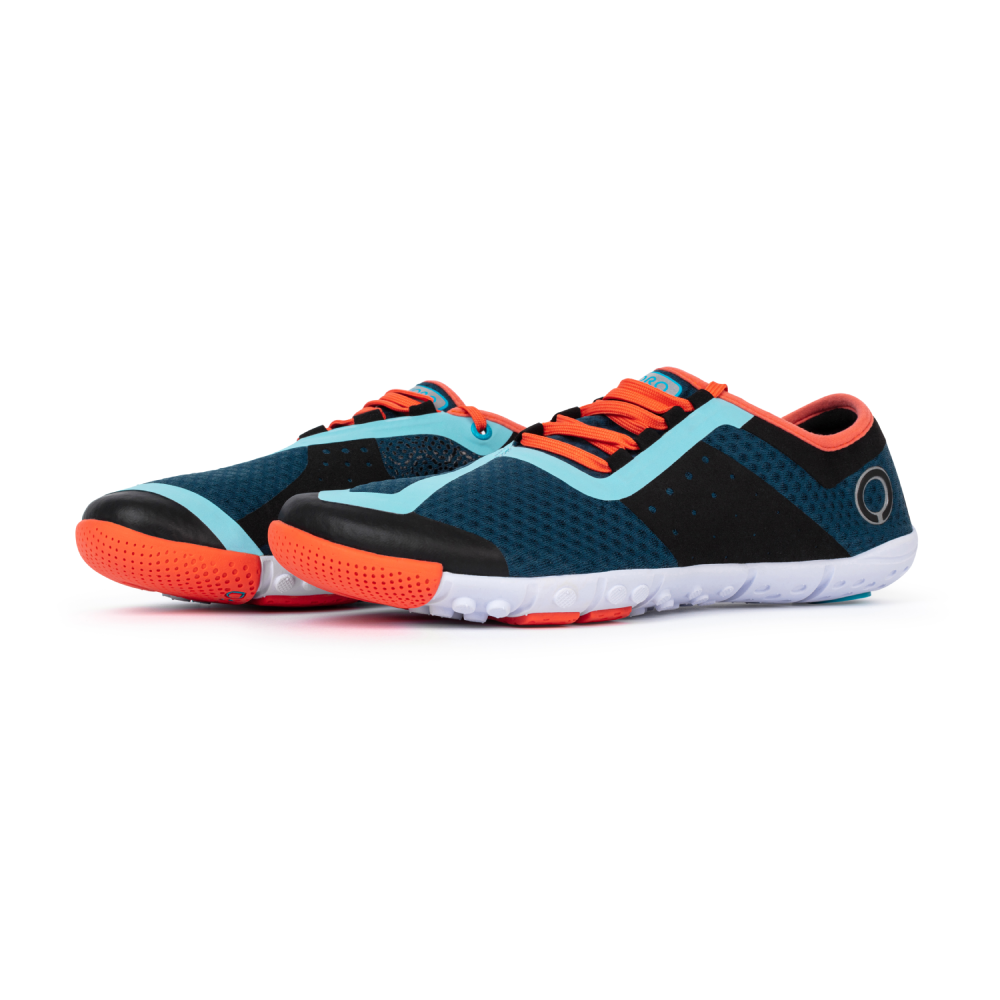
This is not by any means a foolproof recipe for injury prevention, however it does come about as close as anything will.
This is not by any means a foolproof recipe for injury prevention, however it does come about as close as anything will.
The method of never getting injured is made up of two parts.
1] The first is to be a mindful runner.
The dreaded and almost cliche, “Listen to your body” advice.
While this may sound rather vague to many people, it simply means to be aware of your body and give it the attention it deserves. The key is not letting a little “odd feeling” develop into a full blown injury.
2] The second part is being willing to modify your training to not allow potential problems to further develop.
The reason for this post is due to a recent experience of mine.
Due to weather, recently I had been forced to run on a treadmill for the first time in quite a while. That day, part of my workout was 10×1:00 at 5k pace. I had been doing such speed regularly outside, however suddenly doing that pace on a treadmill may have been a substantial shock to my legs.
As much as you try, form does change on a treadmill. Later that day I could feel a slight discomfort with my left plantar fascia!
Now, instead of ignoring it and continuing on with my prescribed training, I decided to follow good advice and to take immediate steps to correct it. I did not cease all running, but subsequent workouts were decreased in time and intensity. Over the next few days, the discomfort was reduced with each new run.
One of the secrets mentioned in our previous post, Secrets of Uninjured Runners, is to know when to back off and rest. Ironically enough, I broke the first secret, “No Sudden Changes“. Performing 10×1:00 at 5k pace on a new surface is definitely a sudden change!
Another example: In mid 2012 while training for the Canadian Death Race and doing a great deal of rocky trail running, I had tweaked an ankle when a rock I stepped on suddenly pitched to the side. I knew that running on that type of terrain would be beneficial for the race, however I could not risk injuring my ankle any more. So I stuck to nontechnical trails for a few weeks and the ankle healed right up.
The moral of the story
is that taking a week and modifying training a bit to allow a potential injury to remedy itself is far preferable to running through it blindly and risking injury for a long period of time.
Unfortunately making this mistake once is often necessary to not making it again. Letting go of one’s ego for a while and seeing the weekly mileage on Daily Mile drop for a short period is difficult for some to do, but worth it in the long run!
You may also like: Is Static Stretching the Best for Flexibility? / Secrets of Uninjured Runners
Subscribe to our newsletter & be entered into our monthly free shoe drawing!





